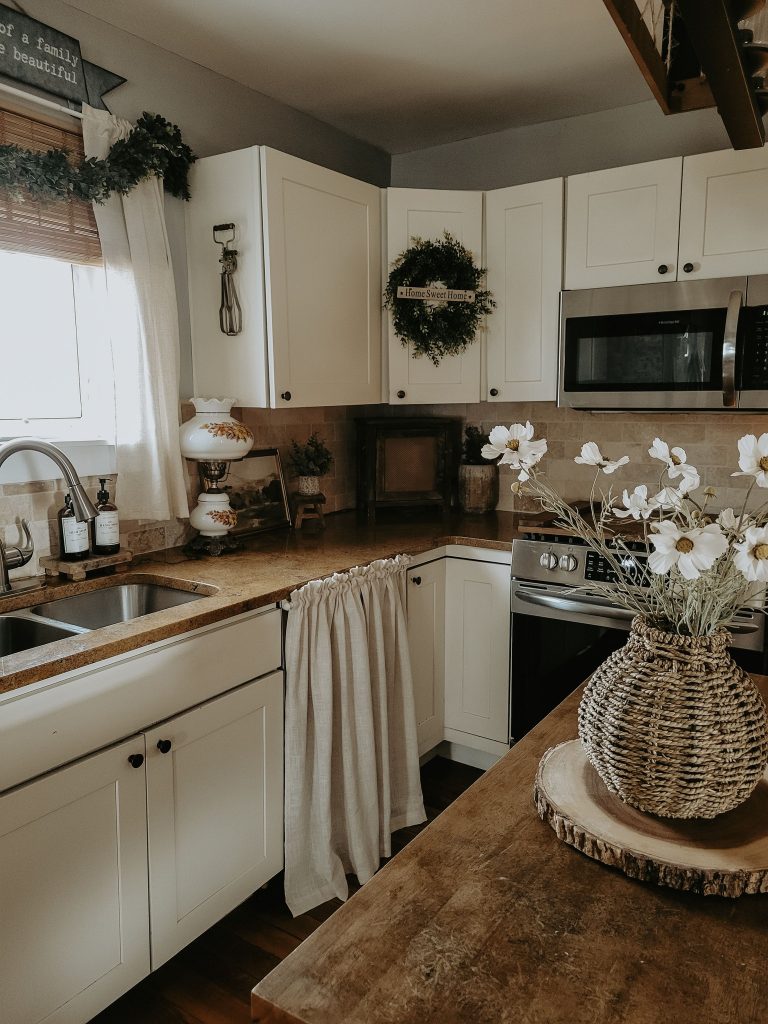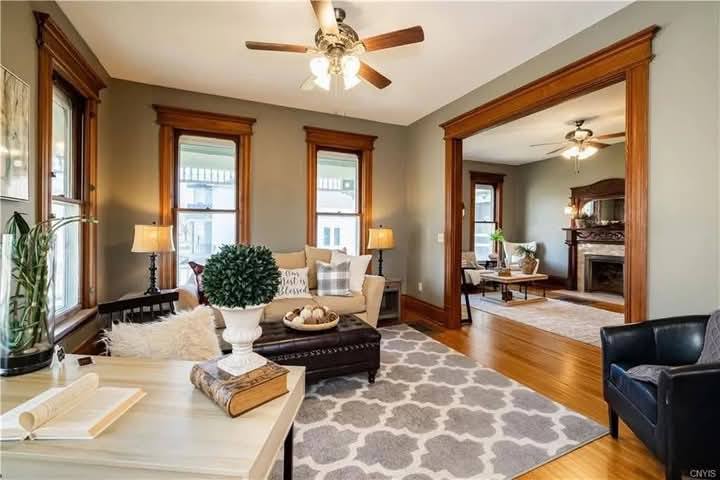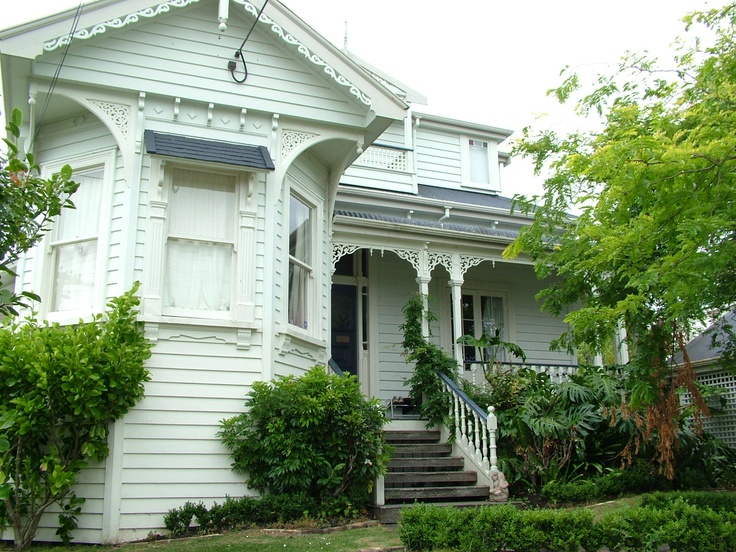The United States has a rich and extensive history, with numerous old houses that possess significant historical and architectural value. As a result, the preservation of these homes is crucial. However, if you’re considering purchasing, renovating, or owning an old home in the U.S., it’s essential to understand the preservation regulations in place to maintain historical value and comply with the law. Below are the key points you need to be aware of:
1. Federal and State Preservation Regulations
The U.S. has a complex system of historic home preservation that involves both federal and state-level agencies, as well as local governments. Some of the key regulations include:
- National Register of Historic Places: This is a list of historically significant locations nationwide, maintained by the National Park Service. Homes listed here must follow special preservation guidelines, limiting changes to their exterior structure or key architectural features.
- State and Local Regulations: Each state and city may have its own preservation regulations, particularly for homes located in historic districts. If the home is situated in such a district, you may need to seek permission from local authorities before making any alterations.
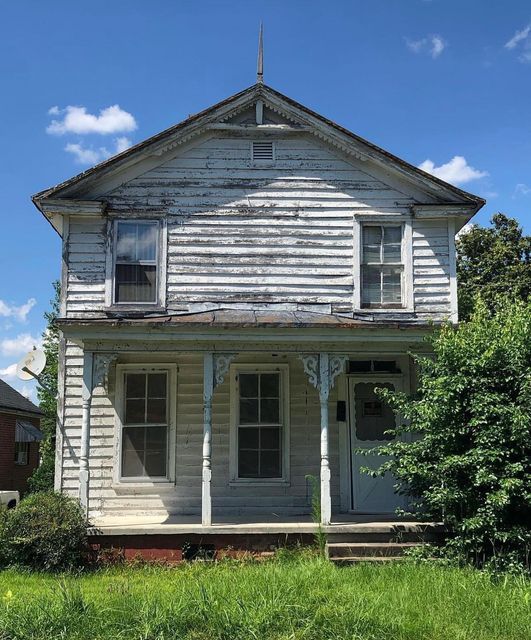
2. Criteria for Historic Home Preservation
For a home to be preserved or included on the National Register, it must meet certain criteria:
- Historical Significance: The home should have historical importance, such as being the residence of a notable person or associated with a major historical event.
- Unique Architecture: The home may feature distinctive architecture that represents a particular historical period. It’s vital to maintain original architectural details, such as windows, doors, walls, and roofs.
- Condition of Preservation: The home must be well-maintained and as close to its original design as possible. Key elements like wooden windows, tiled roofs, or original decorative features should be preserved.
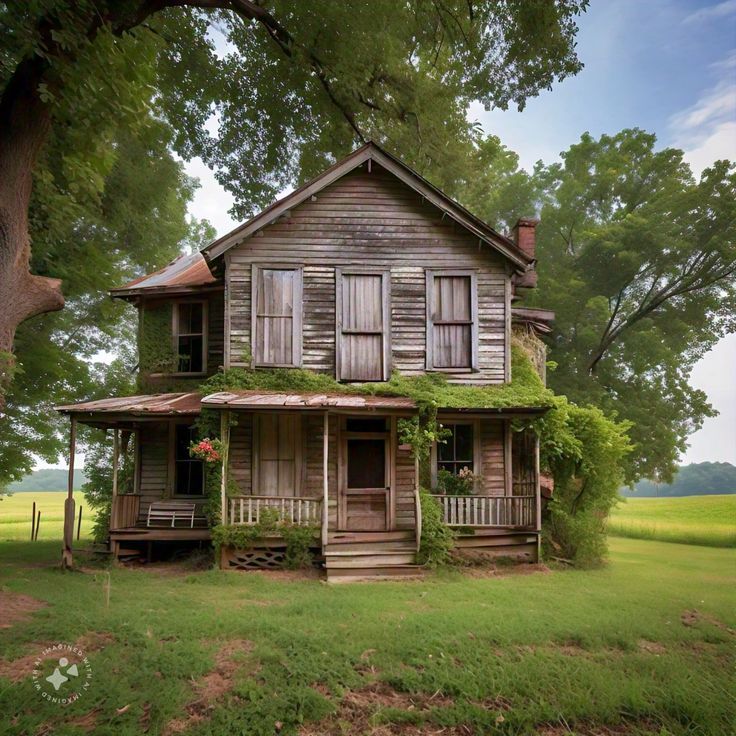
3. Renovation and Repair Process
When owning a historic home, any planned renovations or repairs must adhere to preservation regulations. The process typically involves:
- Pre-Approval Required: Before carrying out any work, you need to seek permission from local authorities. This is particularly important for homes located in preservation districts, where you’ll likely need to submit detailed renovation plans for approval by relevant agencies.
- Sympathetic Repairs: Any repair work must be in harmony with the home’s original architecture. The aim is to ensure that the changes do not damage the historical integrity or alter the home’s appearance.
- Use of Appropriate Materials: Materials for repairs must be chosen carefully to match the original materials of the home. For instance, if the home has original wooden windows, you’ll need to use similar wood types for replacements or repairs.
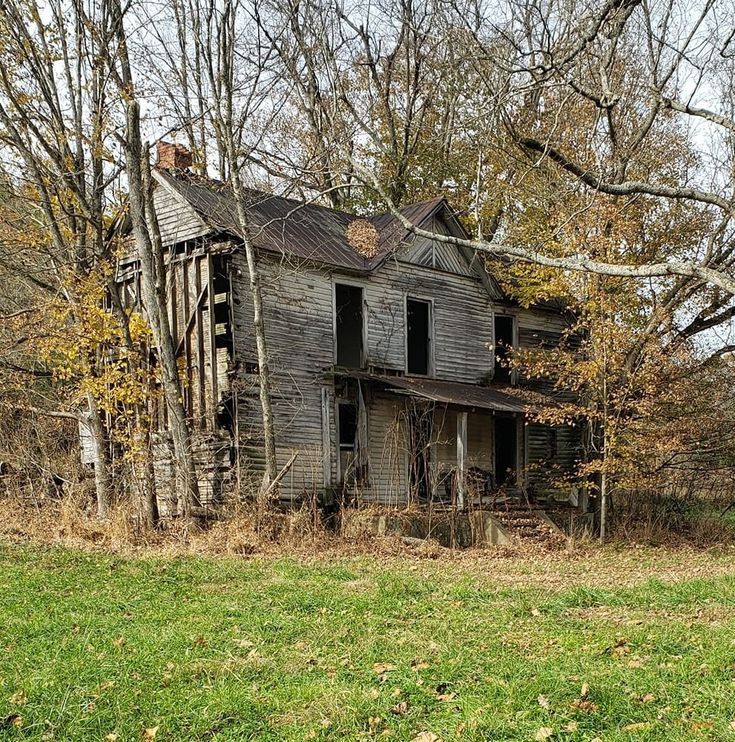
4. Benefits of Historic Home Preservation
Preserving historic homes not only benefits their historical and cultural value but also offers long-term economic advantages:
- Increased Property Value: Well-preserved historic homes are often more valuable on the real estate market. They attract buyers interested in living in spaces that carry historical significance.
- Tax Exemptions and Grants: Some local or federal governments offer grants or tax incentives for owners who carry out preservation work. This can help reduce the costs of repairs and maintenance.
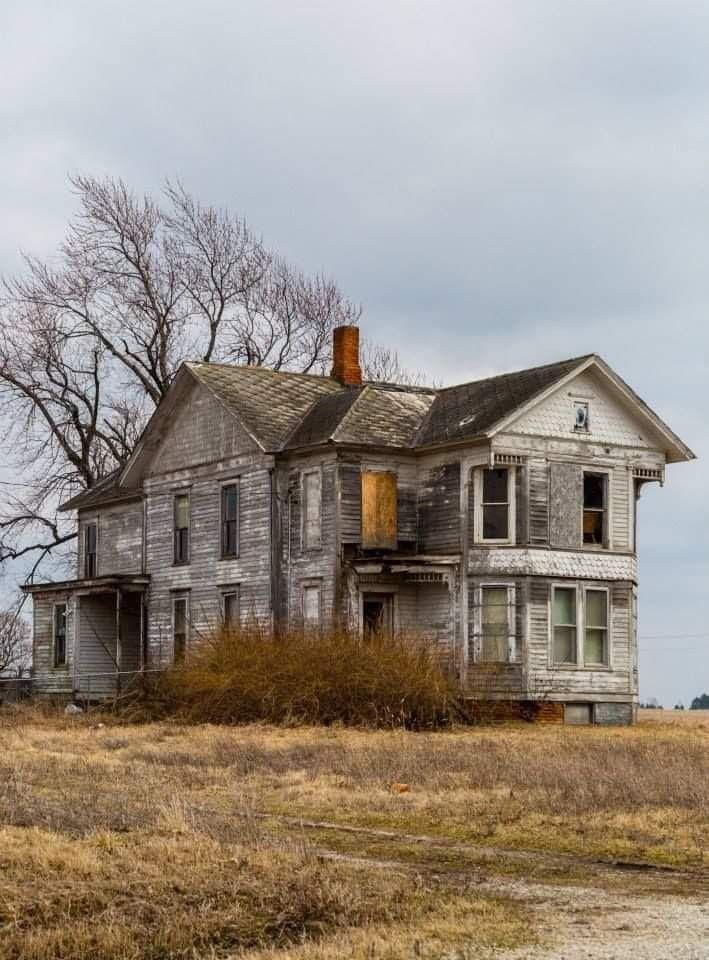
5. Things to Consider When Buying a Historic Home
If you plan to purchase an old home in the U.S., consider the following:
- Check if the Home is in a Preservation District: Before making a purchase, research whether the home is located in a historic district or is listed on the National Register of Historic Places. This will help you understand the preservation regulations that apply to the property.
- Consult Experts: If you’re unsure about the preservation process or the potential for renovating the home, seek advice from preservation specialists or real estate lawyers to ensure you comply with legal requirements.
Preserving historic homes in the U.S. is a detailed process that requires careful attention to legal regulations. If you’re an owner or planning to buy an old house, make sure you fully understand the preservation requirements and renovation procedures to protect the home’s value and avoid legal issues. Following preservation guidelines not only helps maintain the home’s historical beauty but can also result in long-term value appreciation.

